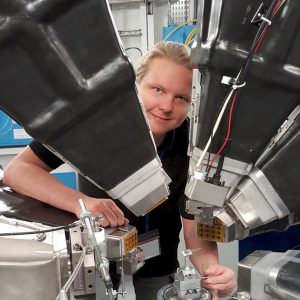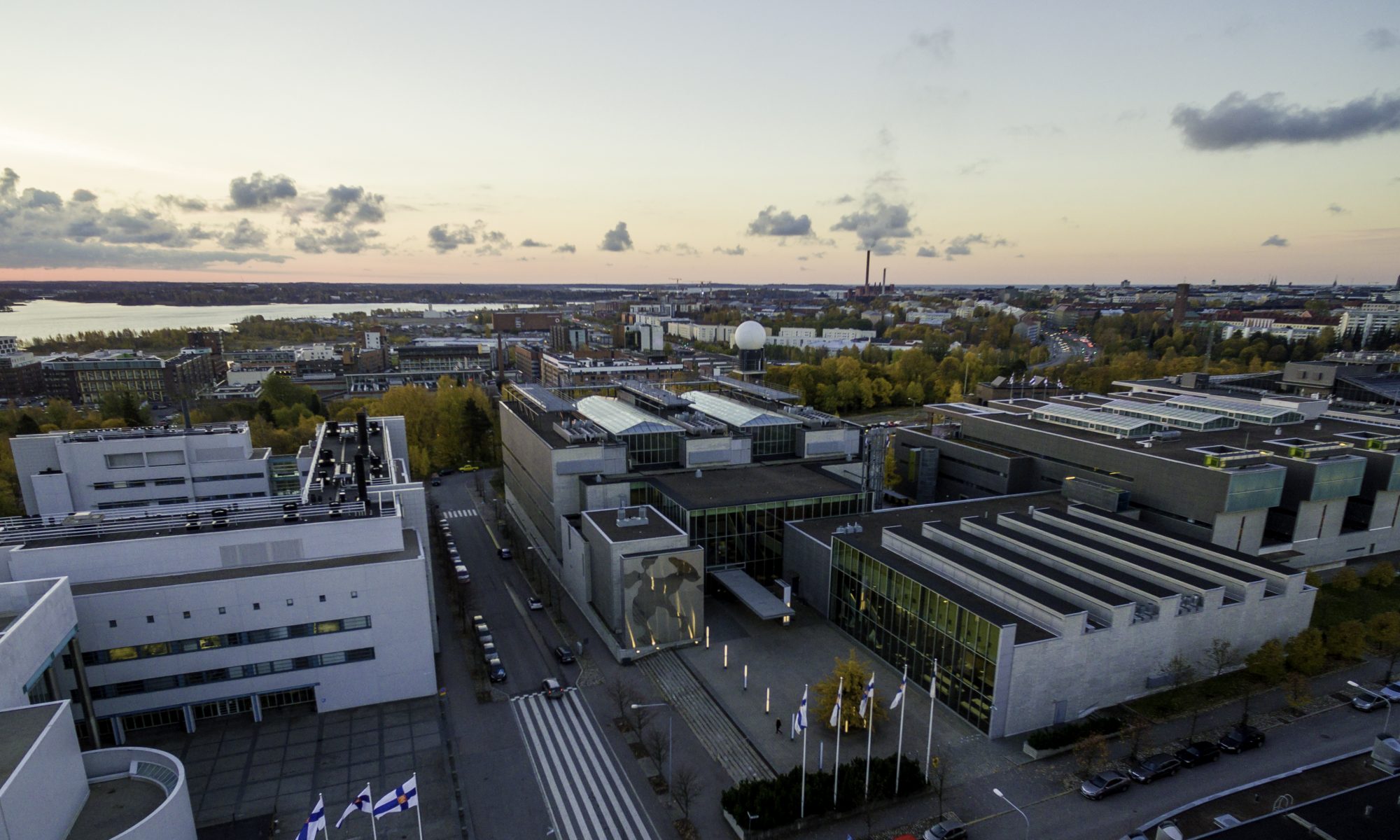 Our next colloquium will be held on 26th October. Our next talk is by another new professor in our department, Simo Huotari.
Our next colloquium will be held on 26th October. Our next talk is by another new professor in our department, Simo Huotari.
Simo is a Professor in Experimental Materials Physics here in Helsinki. He has made an international career in the use of synchrotron light for materials research, having most notably worked 7 years at ESRF – The European Light Source. In his talk, titled Let there be light: X-rays for life sciences, mathematics, cultural heritage, energy, health, and environment, he will tell us about his research. Here is what he has to say about his research and the colloquium talk:
Solutions to many of the crucial challenges facing humanity, such as developing alternative sources of energy, improving health, mitigating environmental and climate problems and developing new green economies, depend on the detailed understanding of the constitution of matter and on the molecular and electronic control of processes that determine the function of materials and biological systems.
X-rays offer a light for insights in both basic and applied research, covering virtually all fields of science from physics, chemistry, and biology, to energy, medicine, cultural heritage, environmental sciences, medical physics and engineering.
The brighter the light, the better the vision. The large-scale light sources such as synchrotrons and x-ray free electron lasers (XFEL) have seen an exponential growth of brilliance that magnificiently outruns even Moore’s law. They are giant microscopes, which enable research on materials in the tiniest detail, helping make invisible information strikingly visible.
For example, the world’s most powerful x-ray laser is now in operation in Hamburg. The 3.4-km long European XFEL produces light in <100-fs short pulses and its light drills a hole in a 5-cm thick piece of steel in a matter of seconds. The extremely powerful laser strips the target’s atoms from electrons, resulting in Coulomb explosion and forming hot dense plasma, giving access to the studies of transient behavior of matter in extreme conditions such as in warm dense matter found in cores of giant planets. As an ultrafast probe, XFEL gives access to fs-scale dynamics in materials and has great potential for imaging of single molecules.
On a local and less destructive level, the X-ray Laboratory at the University of Helsinki works together with all four campuses of the University, many national facilities and organisations such as VTT, Finnish Environment Institute (Suomen Ympäristökeskus, SYKE), National Resources Institute Finland (Luonnovarakeskus, LUKE), and Natural History Museum (Luonnontieteellinen museo, LUOMUS).
The X-ray Laboratory is an integral part of the Helsinki Institute of Life Science through the Helsinki In-vivo Animal Imaging Platform.
In this colloquium, an overlook to novel aspects of this exponentially growing field is given and the entirely new possibilities given by new emerging light sources are discussed.
After the 30 minute talk, there will be a cocktail reception. Welcome!
Update 8.11.2018: Simo’s slides are available to download here.
